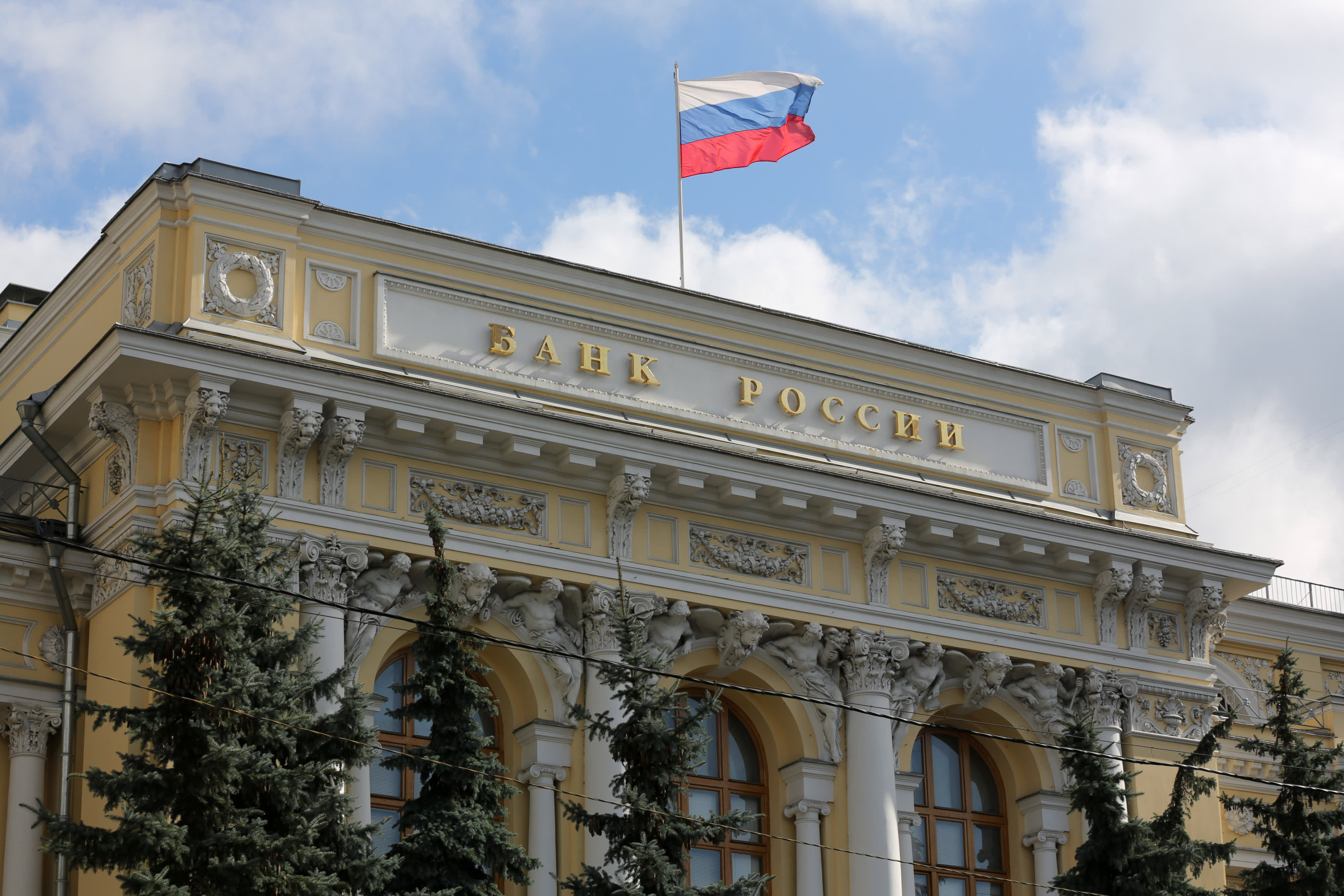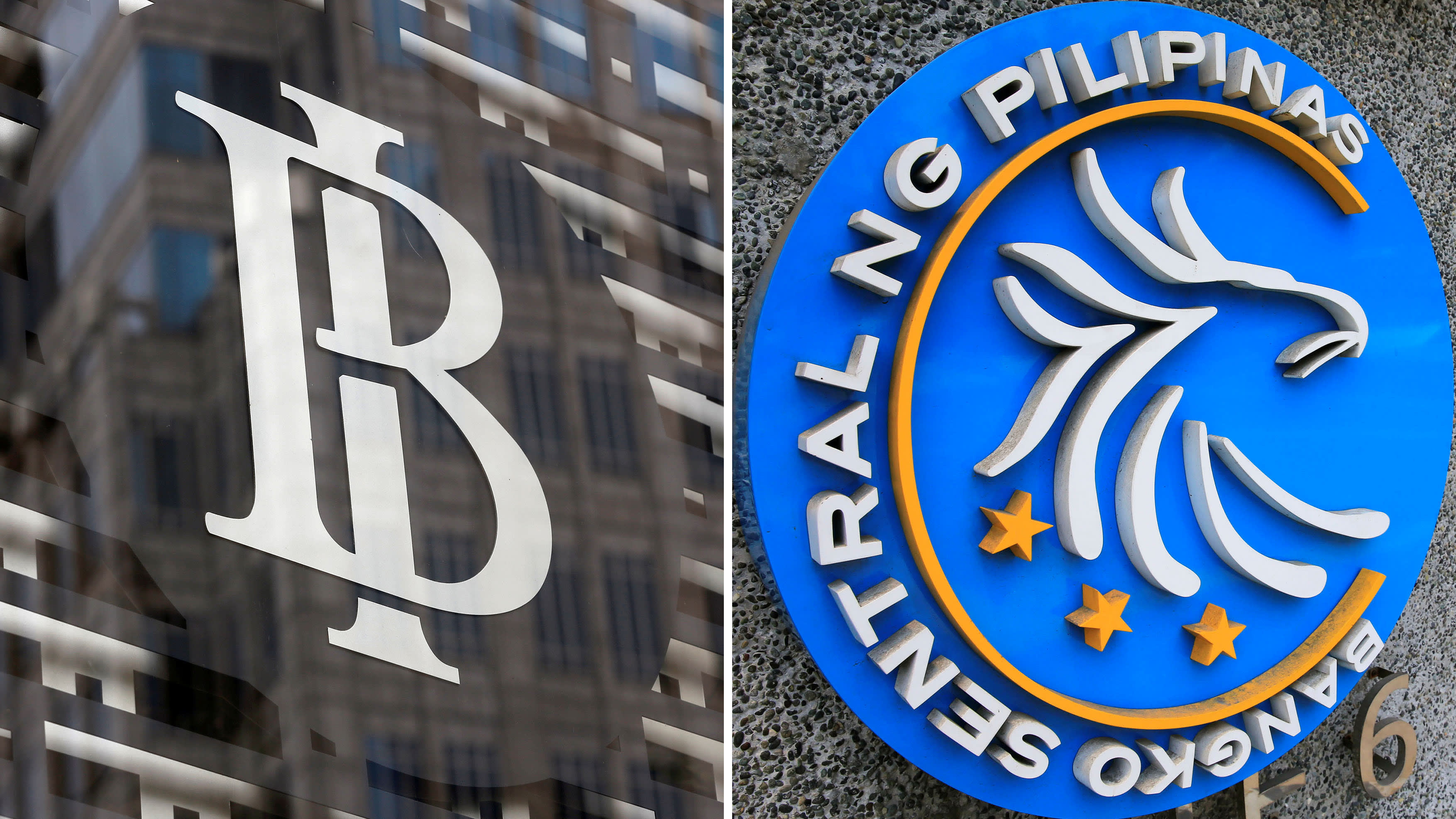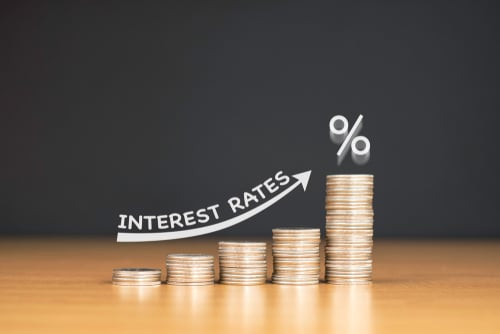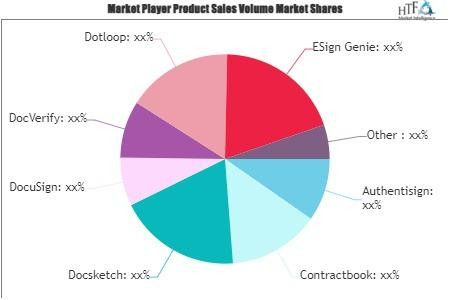Russia's Central Bank to Hike Interest Rates Again: What it Means for the Economy
Russia's central bank is expected to raise its benchmark interest rate by 100 basis points to 19% at its Sept. 13 meeting to combat inflation and cool the overheated economy, according to a Reuters poll of analysts.
Inflationary Pressures
The central bank anticipates inflation in the range of 6.5-7.0% in 2024 as the supply of goods and services catches up with demand. The bank's decision to raise interest rates is driven by concerns over the continued inflationary pressures in the Russian economy. This move is seen as a way to slow down economic growth and bring inflation under control.
The bank's previous move in July to increase the benchmark interest rate by 200 basis points to 18% was the highest level since April 2022. The bank indicated that it would maintain a tight monetary policy for some time to achieve a sustainable slowdown in inflation. This move is in line with the bank's commitment to curb inflation and stabilize the economy. The central bank's decision to raise interest rates is based on its assessment of the economic situation and the need to control inflation.
Double-Digit Interest Rates to Persist
Analysts predicted that the double-digit benchmark interest rate in Russia would remain until 2027, when it is expected to fall to 9.0%. The central bank forecasts an average benchmark rate of 7.5%-9.5% in 2027. The central bank's stance is indicative of the challenges faced by the Russian economy. The bank's outlook suggests that it will take a considerable amount of time to stabilize the economy and achieve sustainable inflation levels.
Impact on Economic Growth
Analysts projected gross domestic product growth this year at 3.6%, below the updated official forecast of 3.9% announced by Finance Minister Anton Siluanov, following the release of strong data for the first half of the year. The central bank's decision to raise interest rates could have a dampening effect on economic growth. The bank's move is aimed at slowing down the economy and preventing it from overheating. The higher interest rates could lead to a slowdown in investment and consumer spending.
Capital Investment Outlook
Growth in capital investment, one of the factors behind strong economic growth, is forecast at 7% in 2024, down from 9.8% last year. This slowdown in capital investment can be attributed to several factors, including the high interest rates and the uncertainty surrounding the economic outlook. The central bank's move is expected to further impact capital investment and could lead to a slowdown in economic activity.
Ruble Weakening
The rouble is expected to weaken by over 5% to 96.0 against the U.S. dollar in a year, compared to the current official exchange rate of 91.19. The weakening rouble is a reflection of the economic challenges facing Russia, including the high interest rates and the sanctions imposed by Western countries. The central bank's actions are likely to have a mixed impact on the rouble. While the tighter monetary policy could initially strengthen the currency, it could also lead to a slowdown in economic growth and capital outflows, which could weaken the rouble in the long run. The weakening rouble could further increase inflation and make imports more expensive. The central bank will need to carefully manage its monetary policy to balance the need to curb inflation with the need to support economic growth and stabilize the currency.
Conclusion: A Balancing Act for the Central Bank
The central bank's decision to raise interest rates is a necessary step to curb inflation and cool the overheated economy. The move is likely to have a mixed impact on the economy, affecting both growth and the value of the rouble. The central bank faces a challenging task of balancing the need to control inflation with the need to support economic growth and maintain a stable currency. The bank's actions will be closely watched by investors and economists alike, as they will have significant implications for the Russian economy in the coming months and years.



















